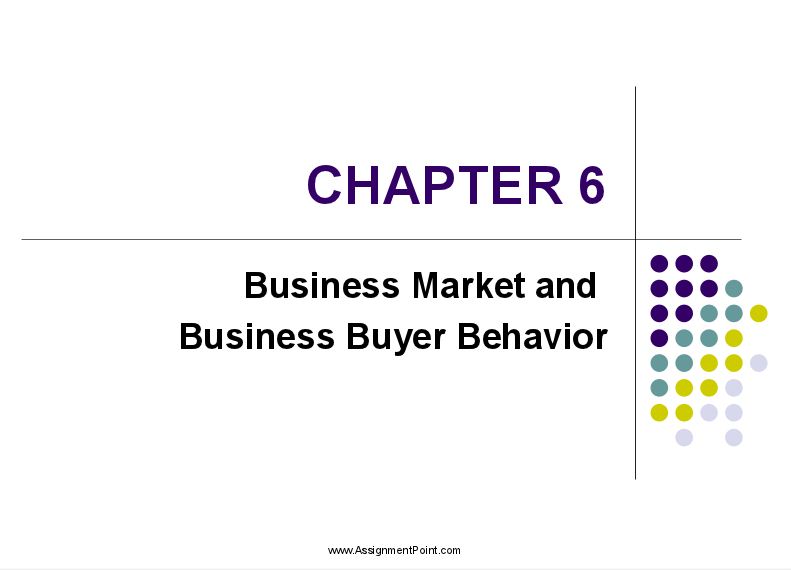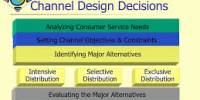This Lecture is analysis on Business Market and Business Buyer Behavior. It have Characteristics of Business Market, A Model of Business Buyer Behavior, Major Types of Buying Situation, Participants in the Buying Process, The Business Buying Process etc. All organizations that buy goods or services for use in the production of other products and services that are sold, rented or supplied to others.
Business Market and Business Buyer Behavior
















